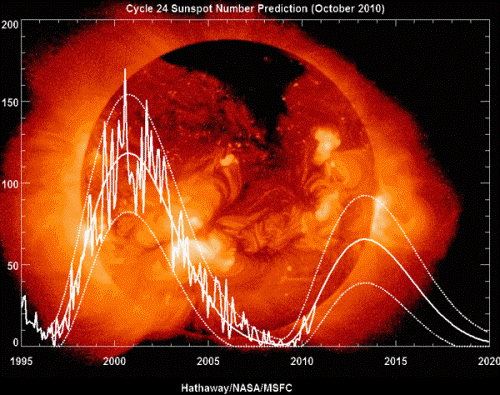The closest full moon of 2014 occurs this week, on Sunday, August 10, at 2:11 p.m. EDT. It’s the fourth and biggest of 2014’s five rogue Supermoon events. We’ll be able to see the Moon reach its perigree, when it draws closer to the Earth than at any other time during 2014.
As we noted at the year’s third Supermoon in June:
“A supermoon makes the Moon’s disk look exceptionally large when seen by humans from Earth. At perigee, our natural satellite can appear up to 14% larger and 30% brighter than when it is at apogee, its farthest point. Low-hanging moons near the horizon appear biggest.”
Moon’s closest approach to the Earth will occur when it is 221,765 miles (356,896 km) distant. This will occur at 1:44 p.m. EDT, less than an hour from when Luna becomes full.
Native Americans called this astronomical event the “Corn Moon” because it occurs just before corn harvest time. It’s also called the Sturgeon Moon (because it’s the best time to catch sturgeon on the Great Lakes and Lake Champlain), the “Moon When All Things Ripen,” the Wheat Cut Moon, and the Blueberry Moon. The famous Perseid meteor shower, associated with comet Swift-Tuttle, also peaks now (on the 11th), but it’s better seen on August 13 when the moon is not full.
Here’s a great video from NASA about the Supermoon, the Perseids, and the slew of fireballs—-greatest of the year—-that’s also expected at this time.
The September full moon, coming up in a month near the fall equinox, is known as the Harvest Moon. Both these late Supermoons are great times for cooking out, evening walks, canoe or kayak excursions, or just watching from a back porch, field, or park.


